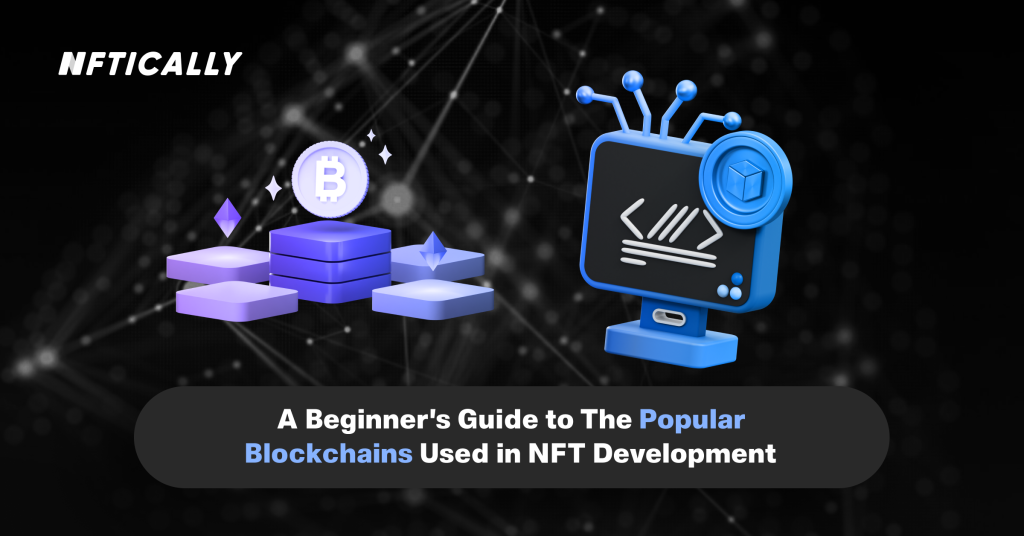
beginner’s Guide Blockchains Used in NFT Development
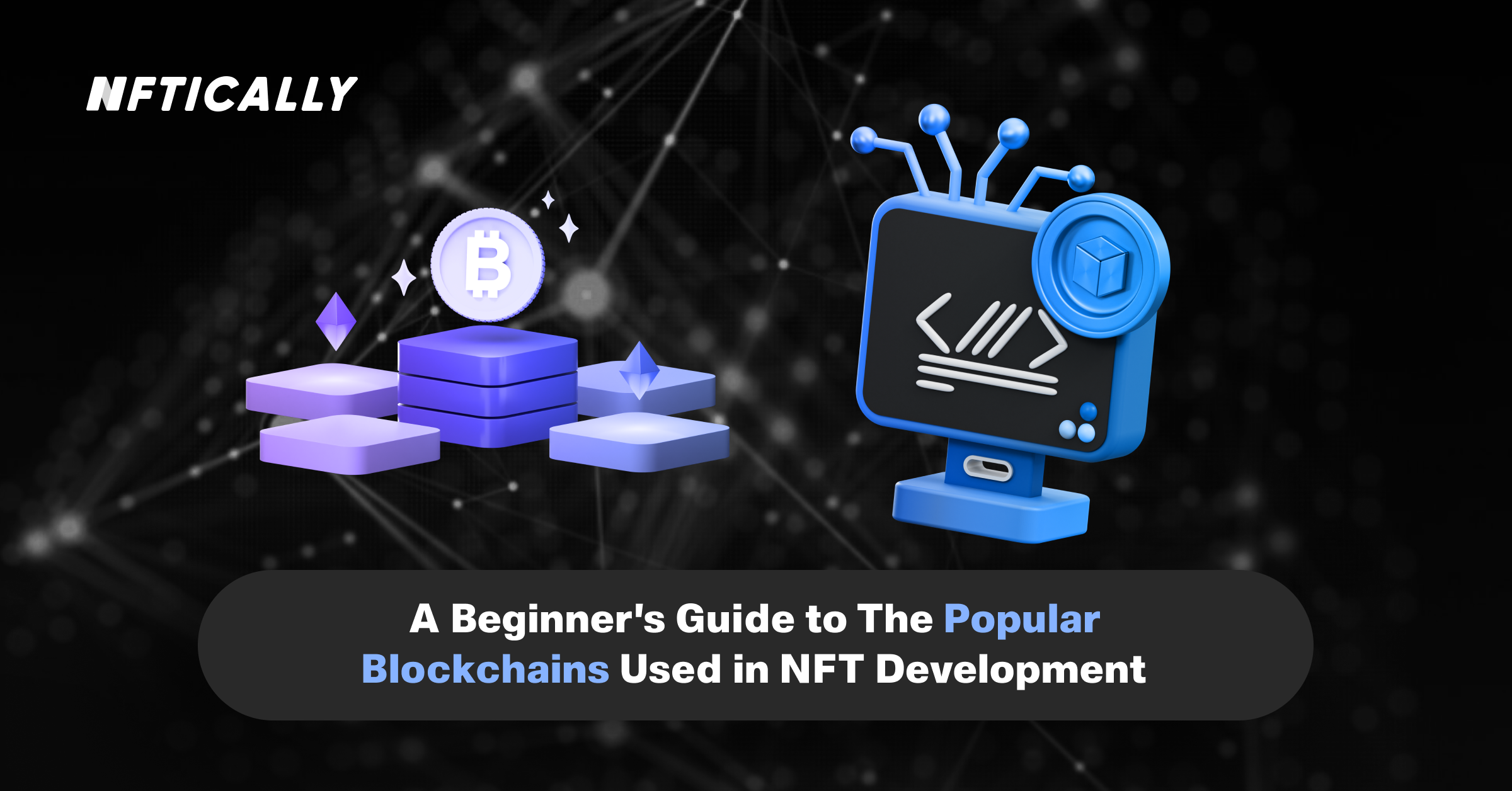
However, a slew of other blockchains in the NFT area are growing in popularity. NFT aficionados and crypto artists have been looking for alternative sites to mint and sell NFTs because of the high transaction costs and environmental effects of the Ethereum network.
However, there are several factors to consider while deciding which blockchain to mint on. These include network scale, creator expenses, consumer purchasing patterns as well as security, and community involvement. We’ve put up a high-level overview of blockchains for NFTs to bring some clarity to the fast-paced world of web3 technology.
NFTs may be implemented on which blockchains?
1. Ethereum
Ethereum is now the most popular blockchain for NFTs. Without the need for any middlemen, it delivers all of the financial and legal services one generally needs for transactions. OpenSea, CryptoPunks, and the Bored Ape Yacht Club are among the most well-known NFT markets (Pak and Beeple).
As a result, it’s also one of the costliest and energy-intensive alternatives out there. As a result, Ethereum relies on a Proof-of-Work (PoW) method to operate. When computers solve complicated riddles, PoW adds blocks and transactions to the blockchain. These puzzles take a lot of computing power. This results in an enormous quantity of energy consumption.
You should, however, initially investigate this blockchain because of its popularity, security, decentralization, and simplicity of use.
2. Solana
When it comes to cryptocurrency blockchains, Solana is one of the quickest programmable options. There is no need for such complicated riddles because of the system’s unique mix of proofs of history (PoH) and proofs of stake (PoS). As a result, validation takes far less time and money than it used to.
PoS enables users to stake a percentage of their bitcoin as block validators. Validators get SOL based on choice. In this way, rewarding system participants encourages participation. PoS and PoH operate together to verify the passage of time between two occurrences by using cryptography. Solana blockchain transactions are in order and noticed by the right leader (validator).
Solana’s transaction costs and timeframes are as low as possible because of its PoS and PoH methods. NFT markets and users are less common on the Solana blockchain than on the Ethereum blockchain.
3. Tezos
Consider the Tezos blockchain as a greener option. Tezos’ popularity began to soar at the turn of the year 2021. As one of the first blockchain-based markets, Hic et Nunc, was hailed as a viable business model until its demise on November 14, 2021.
Solana and Tezos use PoS consensus to decrease the amount of computing required to verify blocks and transactions. Ethereum requires around two million times more electricity than the blockchain does. It also charges less than Ethereum, which is a bonus (but does cost more than Solana).
Tezos is an excellent place to start if you want to mint numerous NFTs or significant collections. On the Tezos chain, Objkt is now the most popular and biggest marketplace.
4. Flow
Build the flow blockchain with performance in mind to create NFTs, games, and other decentralized applications (dApps). Flow can handle billions of transactions per second, unlike Ethereum.
As the NBA’s official blockchain partner, Flow has swiftly gained notoriety since its inception in 2019. One of the Dapper Labs (the company behind CryptoKitty), Flow, helped create NBA Top Shot and served as a platform for non-fungible tokens to become more widely accepted.
Flow, like Tezos, relies only on Proof of Stake (PoS) consensus to validate transactions. Consequently, engineers are working on a blockchain technology that can accommodate 10,000 transactions per second. In addition, transaction costs are pretty minimal.
Users may trade Flow NFTs on major NFTs platforms besides the NBA, NFL, UFC, and other sports leagues have all created markets on the Flow blockchain, making it a popular location for athletic NFTs. There are fewer NFT markets and fewer individuals trading on the Flow blockchain than there are on Ethereum, like Solana.
5. Worldwide Asset Exchange (WAX)
When it comes to digital treasures and virtual objects, WAX reigns supreme. There are non-fungible assets (NFTs), but unlike Ethereum, WAX is popular for digitalized copies of heritage artifacts like trading cards, souvenirs, and so on.
Like a PoS technique used by other high-efficiency blockchains, Wax partnered with Climate Care to generate carbon offsetting NFTs. A unique perk for collectors is that WAX network costs are returned to the WAX community.
Some well-known brands in WAX markets include those from the toy and movie industries, such as Topps, NASCAR, and Hot Wheels.
6. Binance Smart Chain (BSC)
For those who want the best of both worlds, BSC may be an excellent choice. To obtain rapid transactions, decentralization is compromised. The BSC option is central.
Binance Smart Chain’s Proof of Staked Authority (PoSA) consensus methodology supports short block times and cheap fees. Validators conduct transactions, on the other hand, alternate producing blocks every 24 hours, rotating between the exchange’s 21 validators. 11 of 21 Binance Chain validators are related to the Binance Crypto Exchange.
Even though many in the crypto and NFT communities dislike centralization, the BSC NFT market began to gain traction by the end of 2021. And other NFT marketplaces needs are gaining popularity, although the ecosystem is not as robust as Ethereum’s.
Closing Thoughts
Everyone who has accompanied us on this trip across six leading blockchains for NFT development deserves a shout-out!!
Non-fungible tokens have unquestionably emerged as the next big thing, gaining traction with minor and significant organizations eager to launch their NFT campaigns and make cash. If you want your NFT campaign to be a long-term success, you need to stop and carefully choose the blockchain on which it will operate. Consider the features of blockchain that are most important to you and look at the choices available on the market before deciding.
You may develop your own white-label NFT company or NFT Marketplace utilizing NFTICALLY’s worldwide B2B SaaS platform.
You’ll discover various viewpoints on various topics among the different blogs on NFTICALLY. If you still have questions after reading through our Frequently Asked Questions page, feel free to join us on Discord or Telegram.


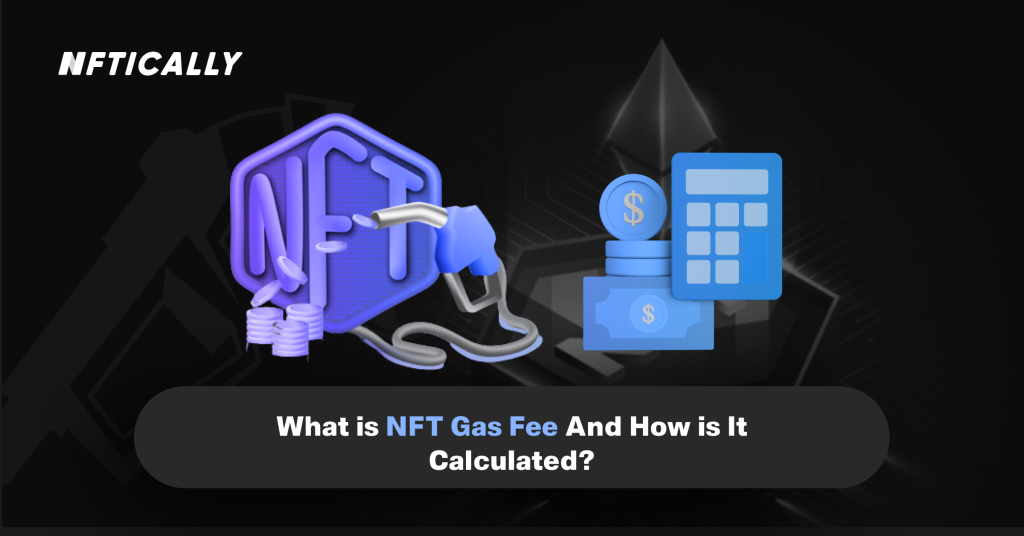
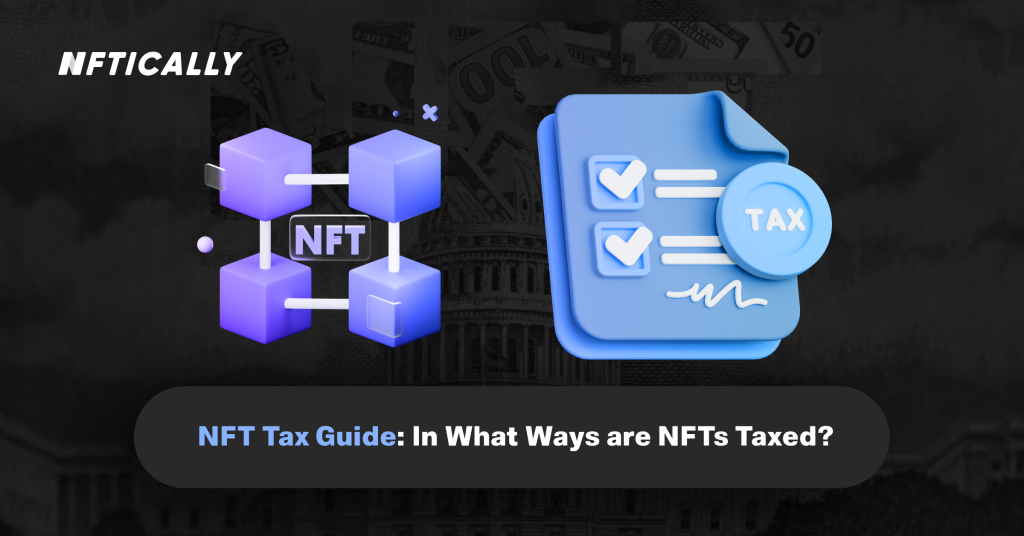

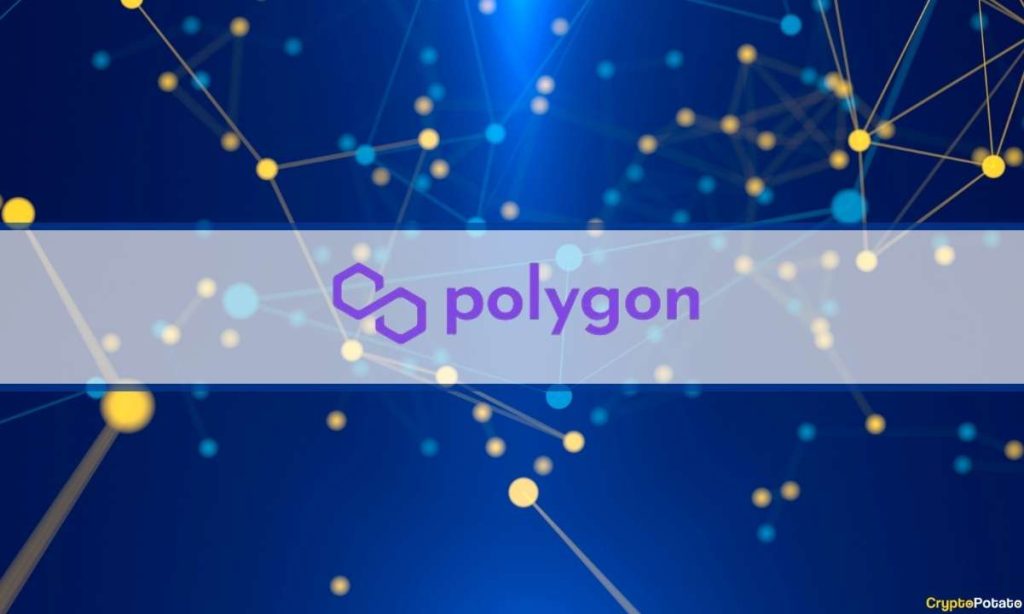
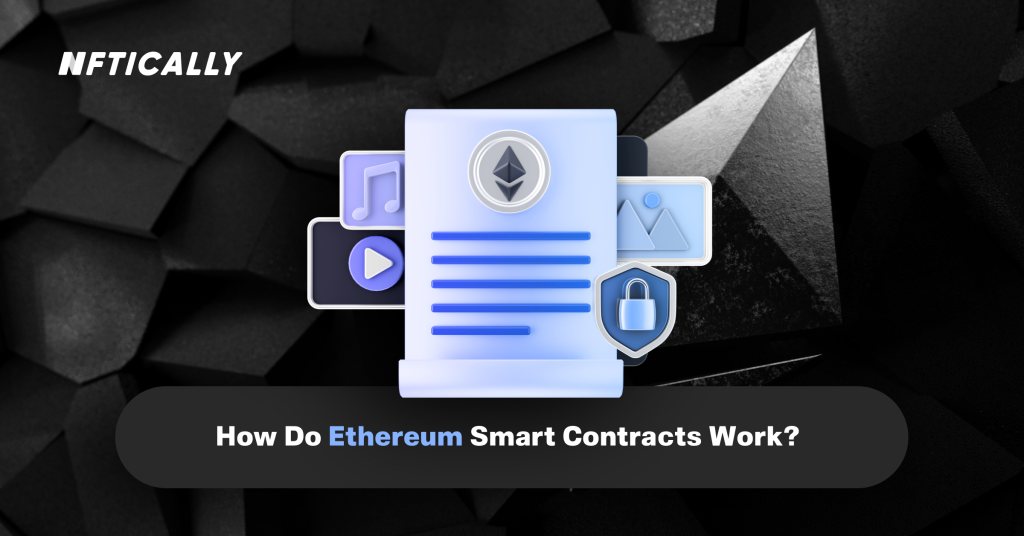
Responses